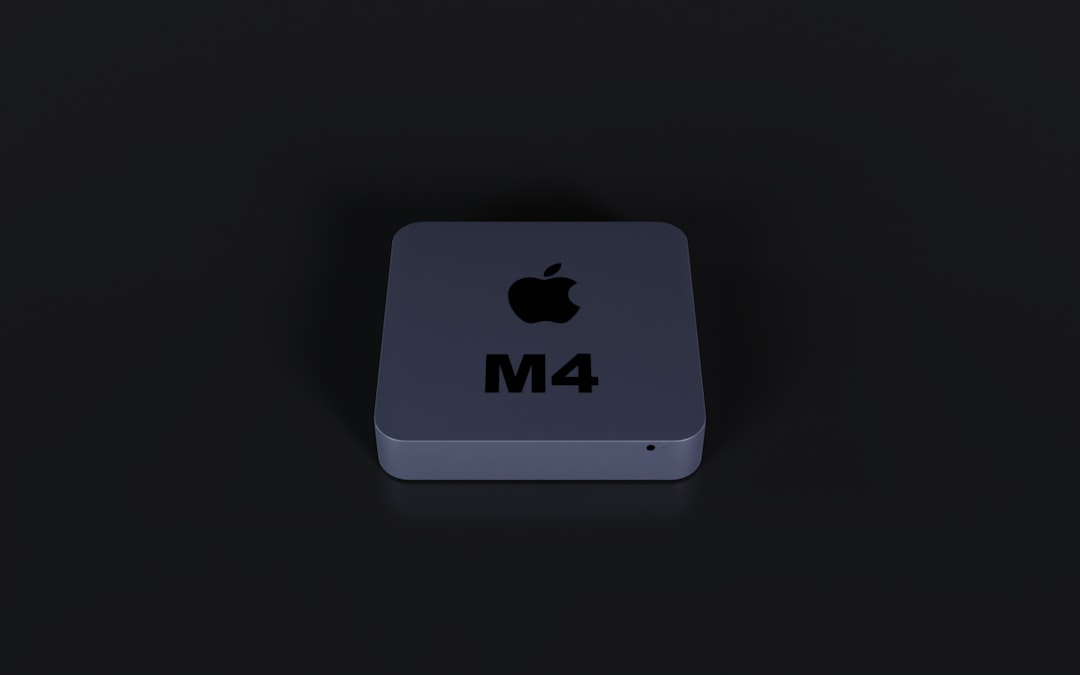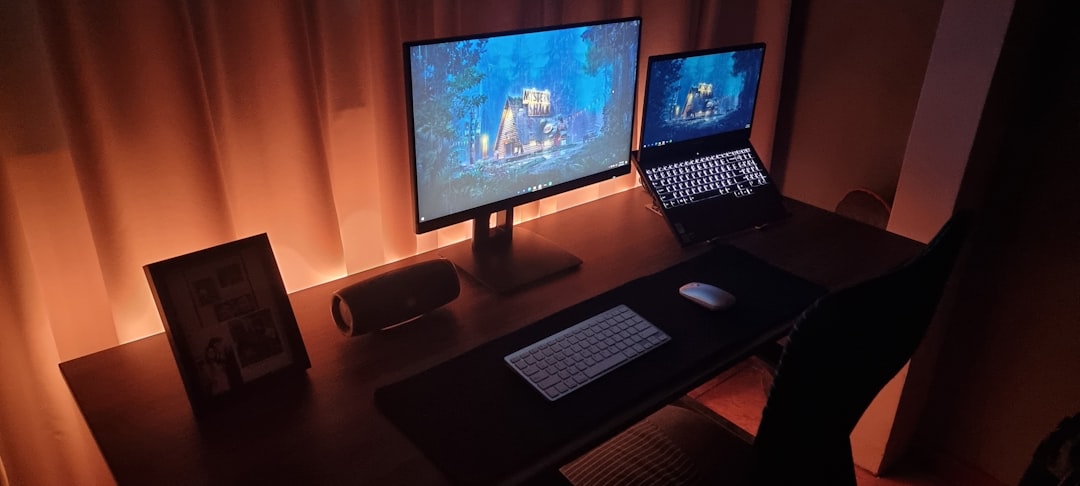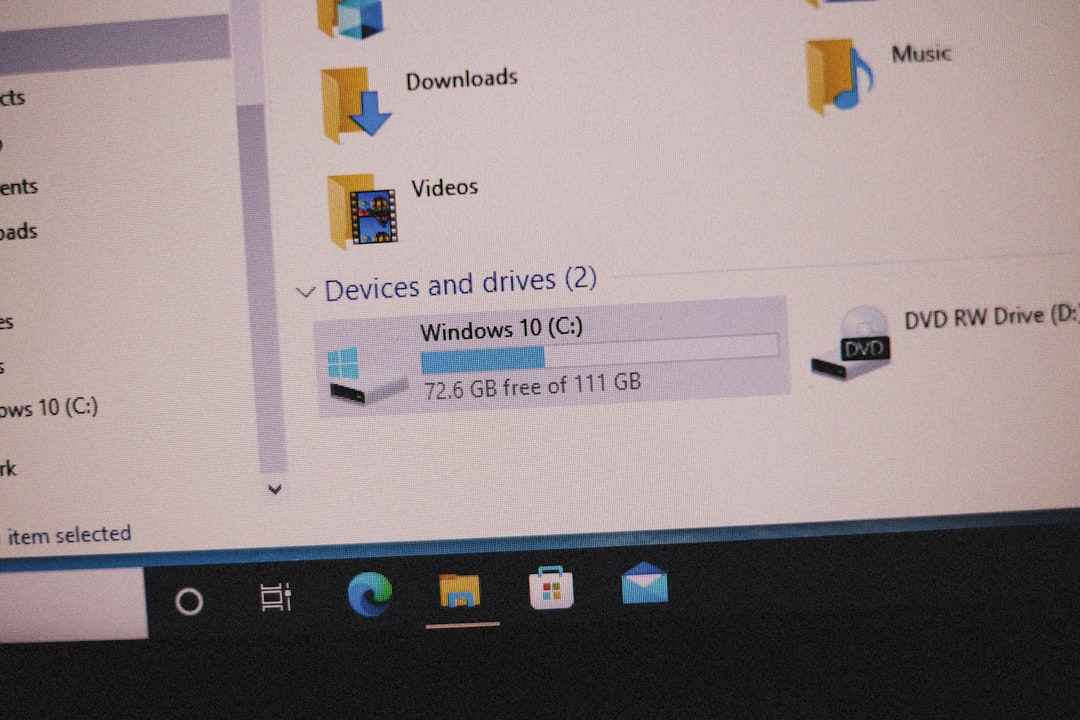As remote work, online meetings, content creation, and virtual classrooms become increasingly prevalent, webcams have transitioned from convenience to necessity. Users find themselves investing more carefully in their camera gear, paying attention to specifications that affect image quality and usability. One crucial decision you’ll need to make when selecting a webcam is whether to choose an autofocus or a fixed focus model. Both camera types have their strengths and limitations, and understanding these differences can help you make the most informed choice for your unique needs.
Table of Contents
The Core Difference
Put simply, the distinction lies in how each camera type handles focusing on the subject:
- Autofocus webcams adjust the lens automatically to keep the subject in clear focus, regardless of distance or motion.
- Fixed focus webcams use a preset focus distance that remains constant once set, often optimized for a typical desk setup.
This difference can significantly affect the user experience, depending on your usage scenario. Let’s explore how.
Understanding Autofocus Webcams
Autofocus webcams use software and internal motors to detect the subject’s distance and continuously adjust the lens for clarity. This mechanism allows dynamic focusing, ideal for scenarios where:
- The subject moves closer to or farther from the webcam.
- Various users are interacting with the camera at different distances.
- Objects are occasionally placed close to the lens for demonstration (e.g., during product reviews or DIY tutorials).

In such contexts, autofocus webcams are invaluable. Content creators, educators, and professionals who frequently hold items up to the lens or move around during sessions benefit from the technology’s ability to maintain clear visual integrity.
Pros of Autofocus Webcams:
- Flexible use: Accommodates multiple distances and movement.
- High clarity: Subjects remain sharp even with minor repositioning.
- Professional-grade features: Many autofocus webcams include additional technologies such as low-light correction and wide dynamic range.
Cons of Autofocus Webcams:
- Cost: Typically more expensive than fixed focus models.
- Adjustment noise: Some webcams produce soft clicking or mechanical sounds while adjusting the lens.
- Potential delay: Autofocus may momentarily blur if too many changes occur too quickly.
The Simplicity of Fixed Focus Webcams
In contrast to their dynamic counterparts, fixed focus webcams are optimized for a set distance, usually between 30 and 60 cm — precisely the space between a user’s face and computer monitor. Instead of adapting, the camera keeps this predefined area in impeccable focus at all times, making it highly stable and predictable.
This makes fixed focus webcams desirable in controlled environments where the subject isn’t moving, such as:
- Traditional business video calls.
- Classroom monitoring tools.
- Medical consultation platforms.

Pros of Fixed Focus Webcams:
- Simplicity: No need to configure or correct focus.
- Cost-effective: Generally lower in price due to simpler mechanics.
- Silent: No moving parts means zero operational sound.
- Less power consumption: Ideal for laptops or embedded webcam systems.
Cons of Fixed Focus Webcams:
- Limited versatility: Clarity may be compromised if the subject moves outside the optimized range.
- Inferior close-up capabilities: Not ideal for showcasing nearby objects or face-close recording.
- Less professional appearance: Depending on lighting and composition, fixed focus webcams can sometimes appear dated or less crisp compared to autofocus alternatives.
Use Cases: Which One Suits You?
Choosing the right type ultimately depends on your most common use cases. Here’s a breakdown of which suits whom better:
Choose Autofocus If:
- You frequently move during video calls or presentations.
- You’re a content creator needing sharp focus when showing products, books, or tools.
- You regularly change users at the same webcam — for example, in a collaborative environment.
Choose Fixed Focus If:
- You stay relatively still during calls.
- You want a ‘plug and play’ experience without adjusting settings.
- You need crystal clarity at a single, consistent distance.
- You are on a tight budget and are not reliant on advanced webcam features.

How Image Quality Factors In
Many consumers make the mistake of assuming autofocus automatically means higher image quality. In truth, the clarity of video output also depends heavily on other factors such as:
- Sensor size: Larger sensors capture more light and offer better resolution.
- Frame rate: A higher frame rate ensures smoother video, ideal when movement is involved.
- Resolution: 1080p is standard for most professional settings; 4K is increasingly accessible among higher-end models.
- Lighting correction: Features like HDR or low-light optimization add depth to your image and reduce shadows.
Therefore, while focus type is critical, it should be seen as one of several variables to consider in a webcam purchasing decision.
Long-Term Considerations
Durability and maintenance are also key in long-term ownership. Autofocus webcams, having more moving parts, are slightly more prone to wear and tear, though modern engineering minimizes these risks. Meanwhile, fixed focus webcams often enjoy longer life spans due to their simple internal design.
Software support varies too. Autofocus webcams might require drivers or system compatibility with specific platforms to enable advanced functions. Fixed focus models, in contrast, are typically plug-and-play with minimal software dependencies.
Final Verdict
There is no one-size-fits-all answer in the debate between autofocus and fixed focus webcams. However, the nature of your work and the environment in which you use your webcam should guide your decision.
If your needs are dynamic, fluid, and professional-grade, go with autofocus. If you favor cost-efficiency and reliability for static use, a fixed focus webcam might be all you need. In either case, prioritizing camera specifications like resolution, sensor quality, and lighting support alongside focus type will ensure you make a sound investment for your virtual life.
Whether you’re dialing into daily meetings, recording online lessons, or starting a YouTube channel, picking the right webcam focus system is a vital step in projecting your best self on screen.




